Eric Theiss for supporting me through this project from the start.
Grace Lee at Sonshine Trade for making the printing process smooth and seamless.
Janis Boehm for her beautiful book design and attention to detail.
Jessica Walker for gorgeous photography.
Lisa Ventura, Bonne Di Tomo and Lynn Willis for their delicious food preparations and for styling more than just the food.
Joseph McAllister for testing so many recipes and feeding so many friends with the results!
Norma Laurence, Elaine McDougall and Hamish Taylor for making such a thorough proofreading and editing team with very different perspectives. Any typos remaining in the book should be addressed directly to one of them!
and especially to Anne Symes for testing recipes, tasting recipes, reading every word, encouraging me, and mostly for being my pillar.

Everybody knows a good cook someone who seems so comfortable in the kitchen, at ease with preparing meals for no matter how many people. Some of those people may have a natural gift for cooking, but being a good cook is a skill that can be learned and mastered by anyone. I think Ive always been comfortable in the kitchen, whether it was my mothers kitchen growing up, a restaurant kitchen, a cooking school kitchen, a test kitchen or a television studio kitchen set. Perhaps my comfort level stems from a genuine love of food, but I think its more likely that my knowledge of basic cooking technique and a lot of practice has made the kitchen my favorite place to be.
Of all the kitchens Ive worked in and cooking jobs Ive had, the most gratifying experience for me has been teaching others to cook. I love seeing someone elses joy in learning how to cut an onion the right way, or his or her pleasure in creating a successful meal for the first time. Watching someones confidence and enjoyment in the kitchen grow makes me happy. That is what I hope will happen with this book.
This book is structured to build a level of comfort in any cook. Each section of the book contains Basic recipes. These are recognizable dishes, which range from classic comfort meals to dishes worthy of a dinner party, but they include detailed explanations of why the recipe is written the way it is. These Basic recipes will give you a solid understanding of the cooking techniques used to create that dish successfully.
Once you have the basic cooking technique, the next step is to practice. Repeating the same recipe over and over again in order to master a technique is not much fun, and certainly no family wants the cook of the house to do that either! So, each Basic recipe is followed by four other recipes using the same technique, but with different ingredients so that you are creating very different meals. And there you have it knowledge of basic cooking techniques and practice. My hope is that readers of this book will then feel confident enough to improvise, incorporating their own ingredient ideas and creating meals that are truly their own. Feeling comfortable.
I have also included a few additional recipes in each section, called Blue Jean Chef Favorites. Youll see them marked with a star at the top of the page. These recipes dont necessarily fit into one of the Basic groups, but are some of my favorite dishes and I wanted to include them in this book. I hope you enjoy them too.
As I did with every cooking class I ever taught, I do have to set a few ground rules that will contribute not only to your success, but also to your happiness in the kitchen.
First ruleread the recipe from start to finish before you begin cooking. This is critical in order to know if you have all the ingredients, as well as if you have enough time to complete the recipe. If you want to go one step further, reading the Recipe Explained! section will give you a better understanding of the recipe.
Second rulebuy the very best ingredients you can. A finished dish can only taste as good as its ingredients. Local, seasonal produce always tastes better than produce that is out of season, or shipped in from another country.
Third ruledo your mise en place. This means do all your prep work first. Chop what needs to be chopped. Measure what needs to be measured. This makes cooking much less stressful and more relaxing. Of course, you can start a step of the recipe in the middle of doing your mise en place if that first step in the recipe requires some time. Youll know this because you will have read the recipe all the way through first!
Fourth ruletaste your food before you take it to the table. Youd be surprised how many people forget this step, but its really important. You should always take a few seconds to taste the food and re-season it if necessary before you decide a dish is done.
So, with explanations of basic cooking techniques, delicious practice recipes, a few favorite recipes of my own and some ground rules, I hope youll feel comfortable as comfortable in the kitchen as you are in your blue jeans!


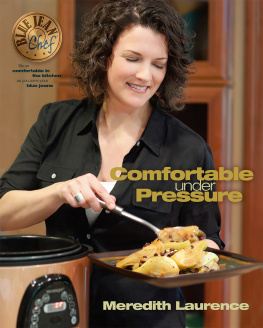
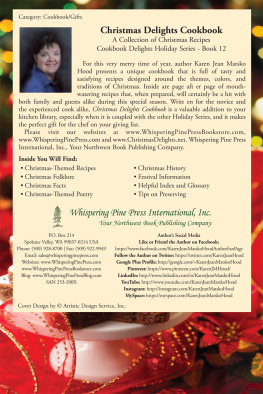



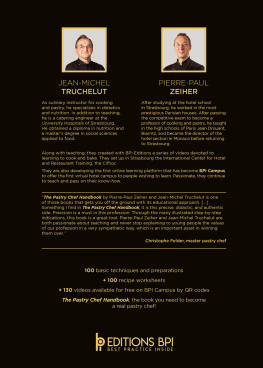

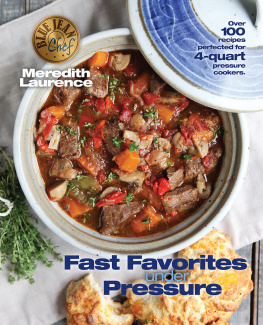
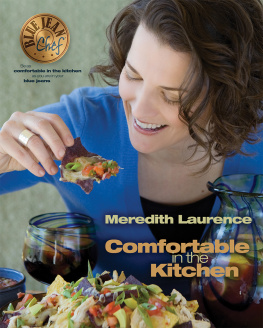
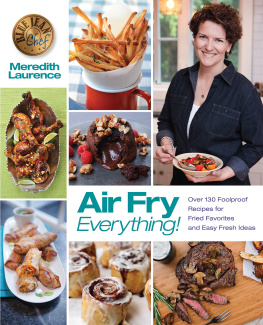
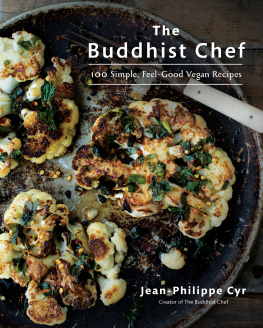





 Blue Jean Chef Favorites
Blue Jean Chef Favorites